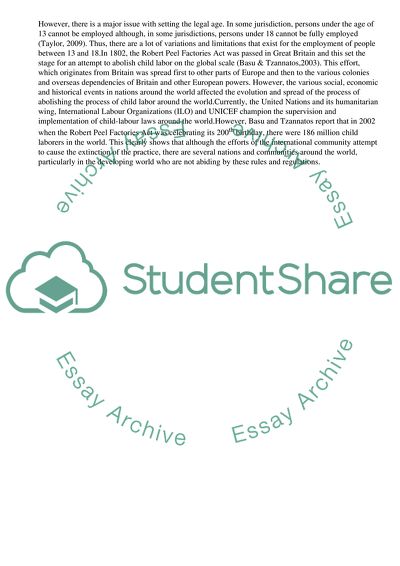Cite this document
(“Child Labor in Lebanon Essay Example | Topics and Well Written Essays - 2000 words”, n.d.)
Retrieved from https://studentshare.org/management/1581466-child-labor-in-lebanon
Retrieved from https://studentshare.org/management/1581466-child-labor-in-lebanon
(Child Labor in Lebanon Essay Example | Topics and Well Written Essays - 2000 Words)
https://studentshare.org/management/1581466-child-labor-in-lebanon.
https://studentshare.org/management/1581466-child-labor-in-lebanon.
“Child Labor in Lebanon Essay Example | Topics and Well Written Essays - 2000 Words”, n.d. https://studentshare.org/management/1581466-child-labor-in-lebanon.


